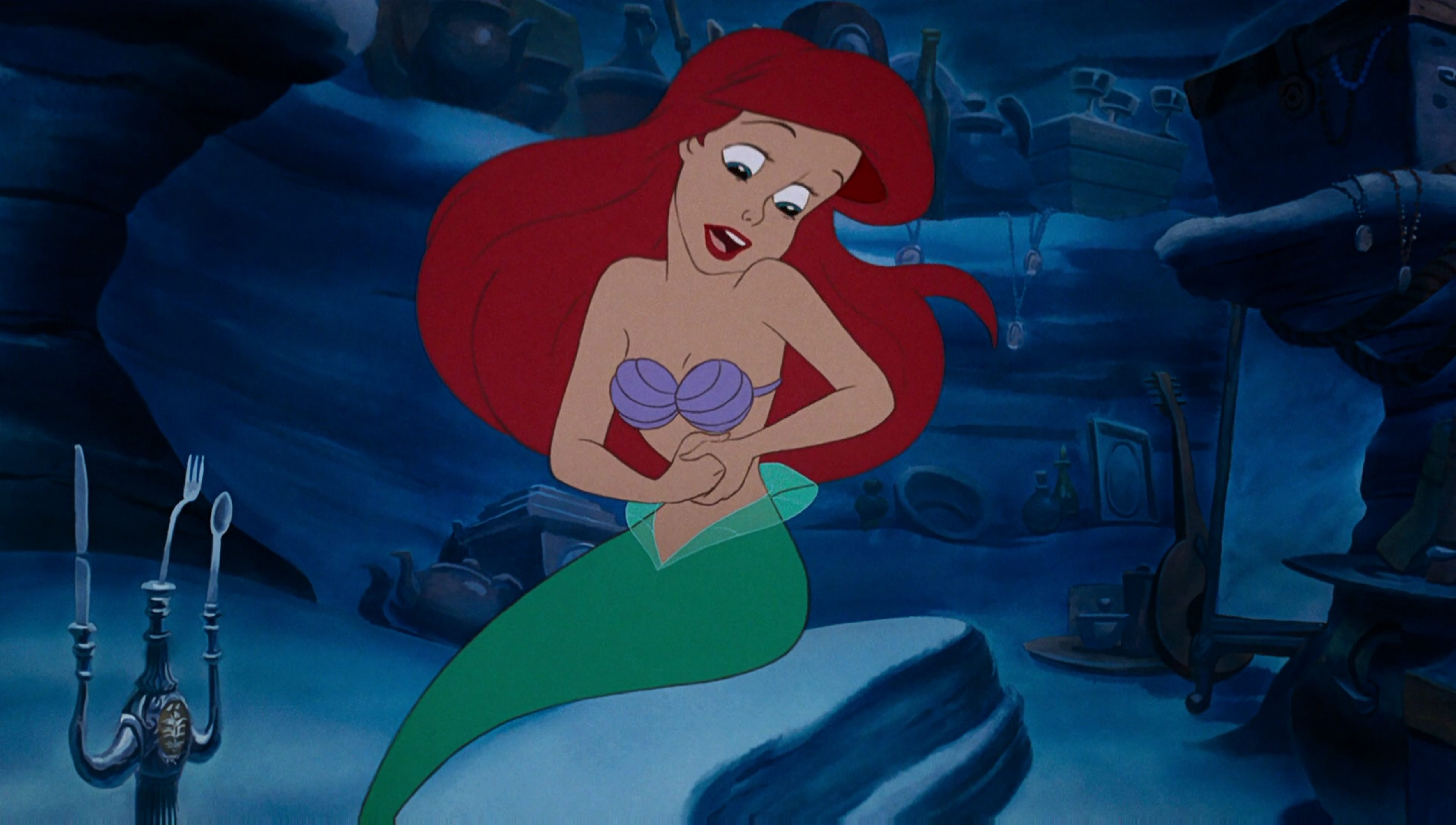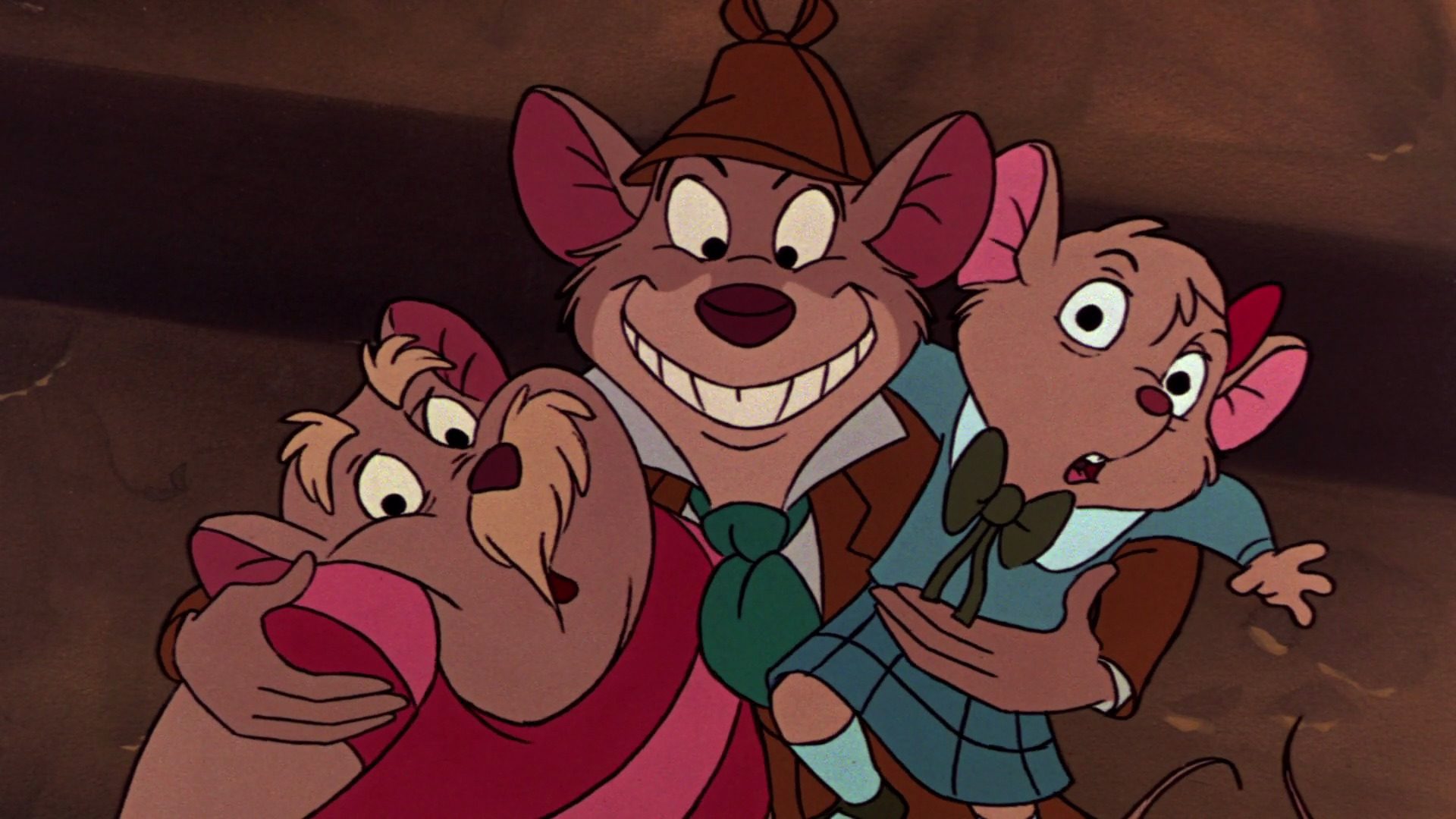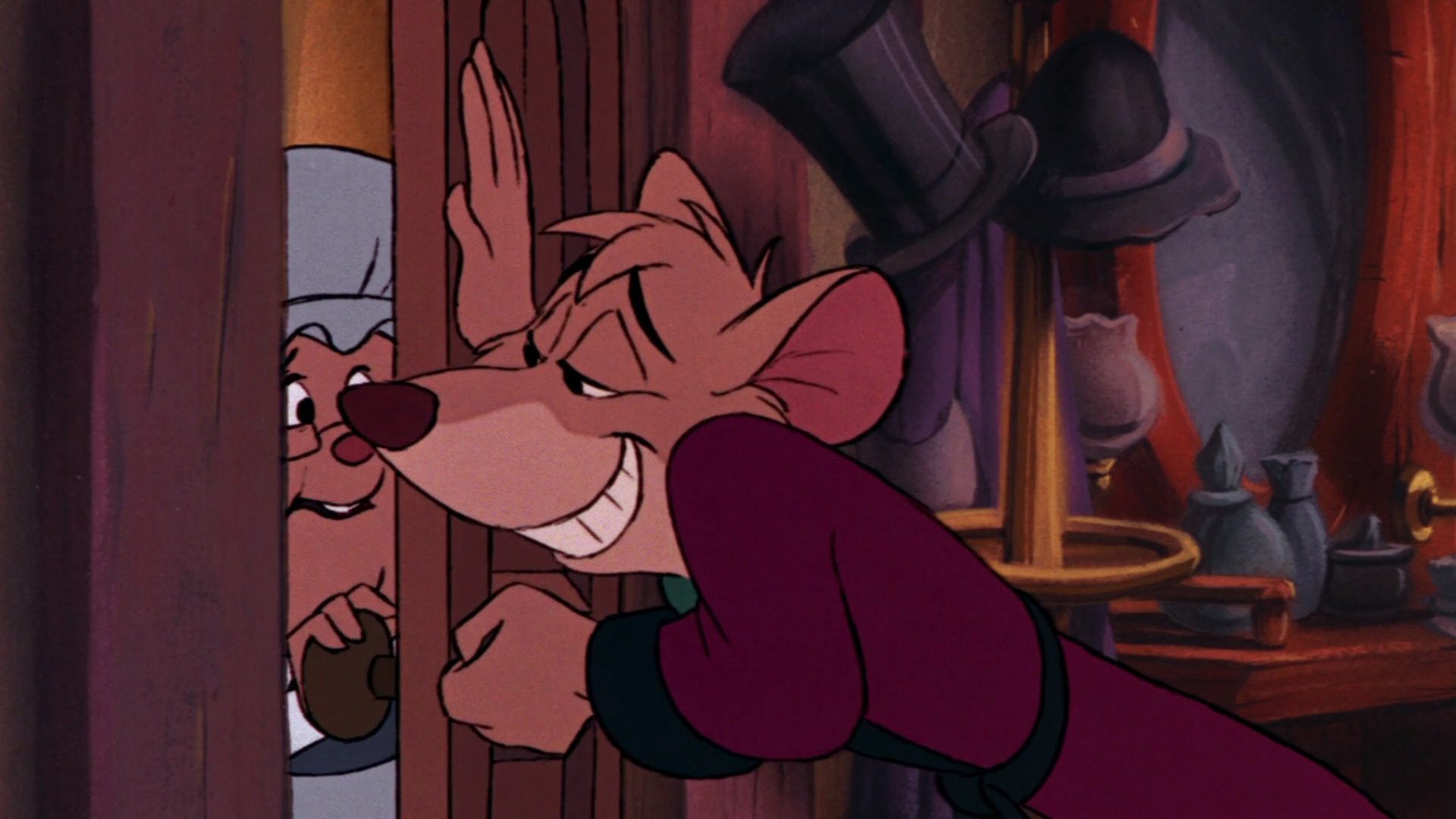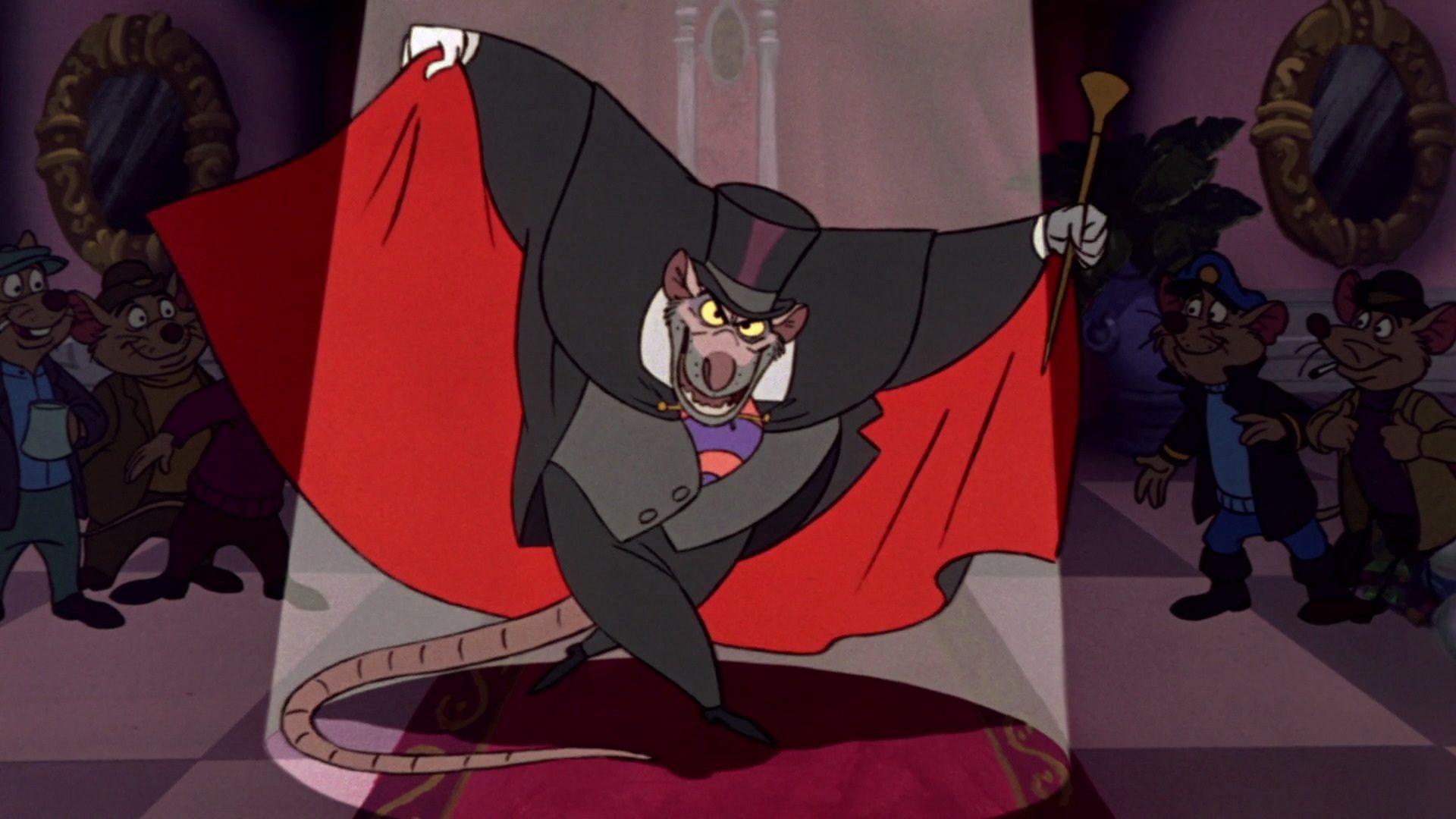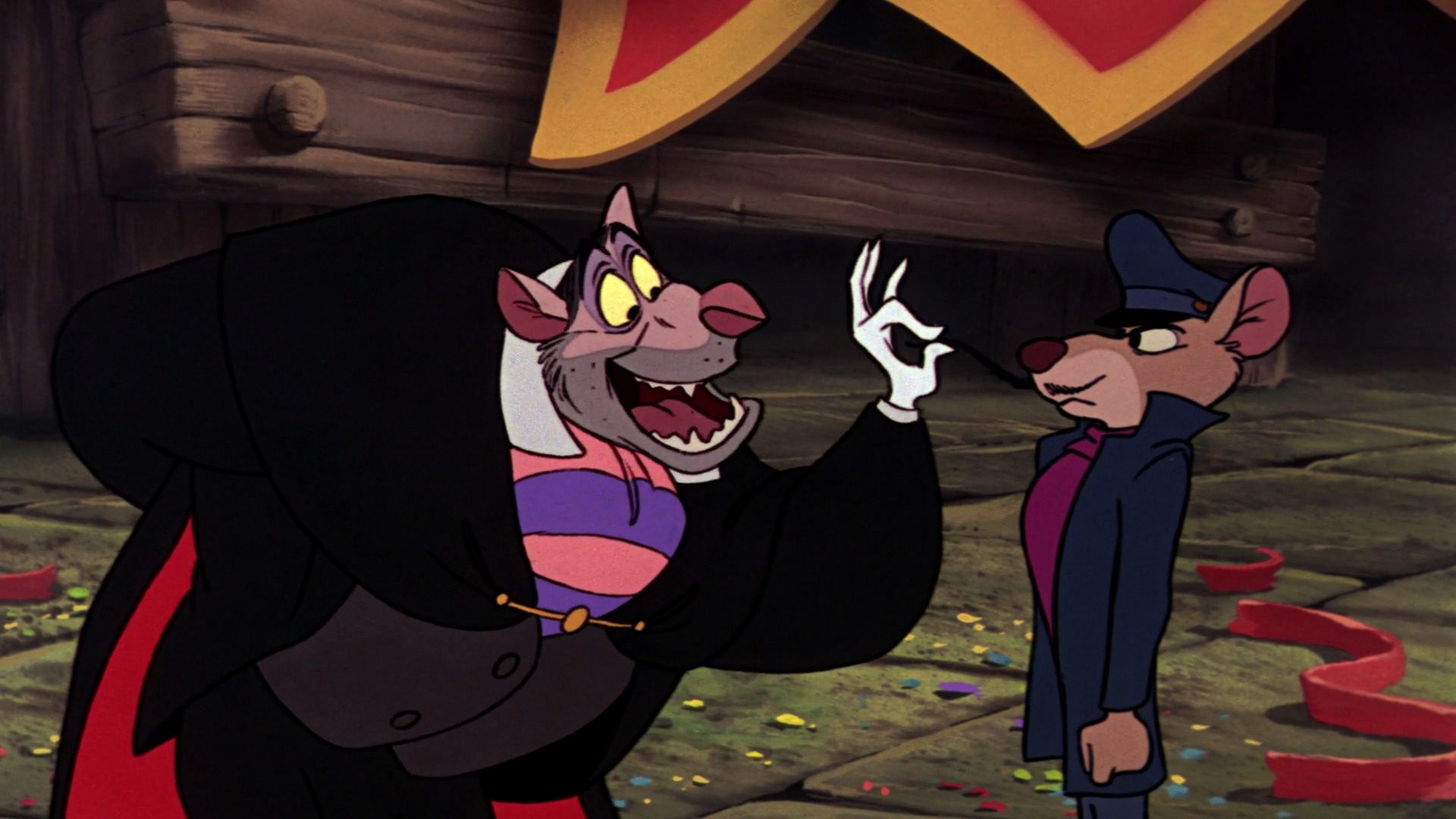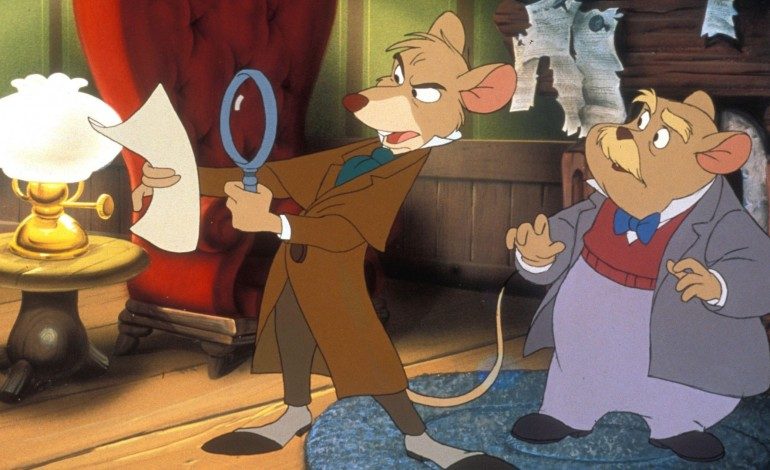

For this edition of Director B-Side, I want to try something different. Rather than look at an underappreciated odd duck in the filmography of a single director, let’s shine a light on one of the half-forgotten gems hanging around in the Disney vault.
Few entertainment companies have so clearly defined an identity as the House of Mouse: following the parameters set by Walt’s stewardship over the conglomerate, Disney has long prided itself on its wholesome values, top-notch animation, and engrossing adventure stories. For most living humans in the Western Hemisphere, the Disney back catalogue isn’t just noteworthy; it was our introduction into the world of film. So what does it take for something with that pedigree to get overlooked?
By and by, the ‘90s are considered the Disney “Renaissance,” a period where the company returned to the its early affinity for well-known stories and musicals. Beginning with the year-early The Little Mermaid in 1989, the films of this era were met with a massive swell in commercial, critical, and cultural popularity. By that standard, the ‘80s could be considered the studio’s “Dark Age.” Ever since the death of Walt Disney in 1966, the animation studio had been undergoing a crisis of identity. New stories and animation techniques were tried, and for some time the brand continued putting out solid hits.
But then… the 80’s happened. Don Bluth, one of the studio’s animation warhorses, left the company to start a rival studio, taking a cadre of talented Disney animators with him. Films were delayed, the gaps between films grew longer and longer, and critical reactions got cooler and cooler. Meanwhile, Don Bluth’s star was on the rise, with films like The Secret of Nimh, An American Tail, and The Land Before Time dominating at the box office and the public consciousness.
And meanwhile at Disney? The Fox and the Hound (at the time the most expensive animated film ever made) was likable but unexciting, Oliver and Company is mostly remembered for the inescapable earworm of its Billy Joel theme song, and the less said about The Black Cauldron the better. There’s a reason why the arrival of The Little Mermaid felt like such a clarion call.
So it seems like it’s probably healthier to just move on and forget this period entirely, right? Well… almost.
The Great Mouse Detective, released in 1986 between The Black Cauldron and Oliver and Company is the cultural casualty of this period. It made solid box office upon its release, but compared to that other animated mouse movie released in 1986, it was a nonstarter. Nowadays the film is mostly unseen – neither an indisputable classic like Snow White nor a shiny entry in the vaunted Renaissance, The Great Mouse Detective doesn’t fit into any neat category of the Disney canon. I didn’t know about the film until my late teens, and didn’t actually watch it until I was 19.
So what’s the deal with this movie? Distilled down to its elevator pitch, it’s Sherlock Holmes meets The Rescuers. Set in the foggy days of Victorian London, the story follows Basil of Baker Street, the titular Great Mouse Detective. Brilliant but aloof, perceptive but asocial, adventurous but detached, our hero’s main goal in life is to take down the evil Professor Ratigan, the mastermind behind the rodent criminal underground. But when Dr. Dawson, a mouse surgeon just returning from military service in Afghanistan, and Olivia, the young daughter of a kidnapped inventor, turn up on his doorstep, the great detective finds himself on the cusp of an insidious conspiracy and his greatest adventure yet. From there it’s all daring investigations, thrilling chases, astounding deductions, intrigue, comedy, and everything else you’d want from a Conan Doyle adaptation.
So okay, it’s Mouse Sherlock Holmes. Why is this so impressive in an era where you’re just one Netflix click away from Downey Jr. and Law, Cumberbatch and Freeman, or Lee Miller and Liu? Well, maybe because aside from being a great distillation of the Sherlock Holmes canon, it’s also one the strongest genetic antecedents that we have to the Disney Renaissance. When you look at this film you can see the beginnings of the studio’s next filmmaking era taking root.
Part of this absolutely comes down to what was happening behind the scenes. The project was the first feature film directed by Ron Clements and John Musker, two animators who’d been removed from The Black Cauldron during that film’s troubled production. And if those two names sound familiar, it’s because that duo would go on to direct The Little Mermaid, Aladdin, and Hercules.
When The Great Mouse Detective was first conceived, it was budged at $24 million, but when the studio’s new CEO Michael Eisner came on, it was cut down to $10 million. Fortunately for Clements and Musker, they had a new toy to play with to make up for the difference: computers. The Great Mouse Detective employed digital technology for layouts and pre-visualization, making the animation process much faster and more efficient. On top of that, the filmmakers were able to play with early forms of digital environments and CGI in the film, most notably in the film’s famous climax: a chase scene through the interior of Big Ben that plays like Chaplin’s Modern Times as seen through the lens of an Indiana Jones film.
So on the technical side, the film was made when Disney was at a crossroads. Their last film had been a devastating disappointment. New talent was being allowed to take the reigns of project while new management was moving into the top offices. Budgets were being slashed, new technology was being explored, and the general ideas of how to do animation were being rethought. The Great Mouse Detective is a film that was made at the exact moment when the company was starting the long process of reinventing itself. If Little Mermaid was the stunning makeover, The Great Mouse Detective was the technical growing pains.
The result is animation that is very uneven. The filmmakers did their best to camouflage the cut corners, but they’re definitely there. Backgrounds are sometimes crude or pared down to minimalism, and any scene with a large number of characters strains the film’s engine to the point of near collapse. (It’s telling that The Great Mouse Detective’s idea of a large crowd is a group of five people, as opposed to, say, the five dozen that you see scampering about during the festival scene in 1973’s Robin Hood.) There are standout moments – the aforementioned Big Ben scene is jaw-dropping, and it has aged far better than other early 3D experiments like the fight against the Hydra in Hercules (which, by the by, came a decade later) – but these moments are few and far between.
What is consistent throughout the film is a tremendous sense of speed and energy. The filmmakers were probably aware that they wouldn’t be able to bring the high level of polish that Disney was known for to this film, so instead they opted to go for constant movement and forward momentum. The scene where Dawson and Olivia meet Basil, set in the detective’s laboratory-workshop headquarters, approaches sensory overload: in a span of about three minutes there’s costume changes, guns, bullets, cheese crumpets, a violin, and all manner of sleuthing contraptions. It’s easy to miss the nastier bits of animation just because the main characters and the plot (the film clocks in at a brisk 75 minutes) move at the same speed at which Basil’s brain operates: fast. The result of watching The Black Cauldron and The Great Mouse Detective back-to-back is kind of like leaving a classical recital and stumbling into a high-power punk show. Sure, the former is probably more refined in terms of craft, but the latter moves forward with much more energy and an inventive twinkle in its eye. Writing in 1986, Roger Ebert noted this shift, concluding that The Great Mouse Detective, “looks more fully animated than anything in some 30 years.”
Fortunately, on the narrative side the filmmakers were much further along in their evolution. There’s many ways in which Disney could have taken this material, but they keep the focus exactly where it needs to be: the hero and villain. Basil, played by Barrie Ingham, is a great Holmes stand-in. The great concern with a talking animal version of the Great Detective is that he would be too Disneyfied, with the character’s rougher edges and antisocial tendencies rounded down to make him nicer. Fortunately the filmmaking team had the courage to make him a complicated and multifaceted character. He is heroic and he is devoted to the cause of justice, but he is also a rampant egomaniac and never actually very nice. This is best seen in his interactions with young Olivia, whom he treats like an annoying fur ball that he has to tolerate in order to go on his precious adventure. By the end of the film, he’s softened up a bit… but only a bit. (He never actually bothers to learn her name, for example.) He’s still someone you can root for, but you see why he needs Dr. Dawson to tag along and be his conscience.
Still, as fun as Basil is, the undisputed standout of The Great Mouse Detective is the Moriarty equivalent Professor Ratigan, played by Vincent Price. And if you are familiar with Mr. Price and his past track record with voiceover work you can guess what a treat this character is. The film hands Price a meaty, narcissistic villain, and the veteran thespian just goes to town with the role. The operational conceit with Ratigan is that he’s a rat living in a society of mice and trying to pass himself off as one of them. What that means is that you have a character who’s a bit of a monstrous animal doing his best to pass himself off as a polite, mannered sophisticate. It’s a toss up as to what’s more fun: watching Price struggle to keep up his persona or the explosion that’s unleashed when it finally crumbles.
Price spoke about The Great Mouse Detective in a 1985 interview, and had this to say about the role he was playing:
“[H]e’s got a huge sense of humor about himself, although he is deadly serious about crime. Ratigan is a real larger than life villain, so I did the part by exaggerating it. Besides being a great villain, Ratigan is also a great actor who plays at being a great villain in the story, which all great villains should be. This is his theory and it’s mine, too. A hero is just a hero, but a villain has to fool you all the time. He has many more facets to his character. He has to be charming, witty, decadent and funny. Everything is going on at the same time, so he’s much more fun to play.”
Ratigan was a richer, more psychologically developed villain than a lot of the bad guys Disney had been serving up in the years leading up to The Great Mouse Detective. He was smooth talking, duplicitous, slimy, and completely charming. He even gets a big villain song, despite the fact that the film only has two full musical numbers! More than any other part of the film, Ratigan feels like an artifact of the Disney Renaissance that formed ahead of its time. Urusula, Gaston, Jafar, Scar, Governor Radcliffe, Frollo, and Hades all owe a debt of gratitude to the rodent professor – their existence is set within the playground that Price and the animators carved out for this villain.

